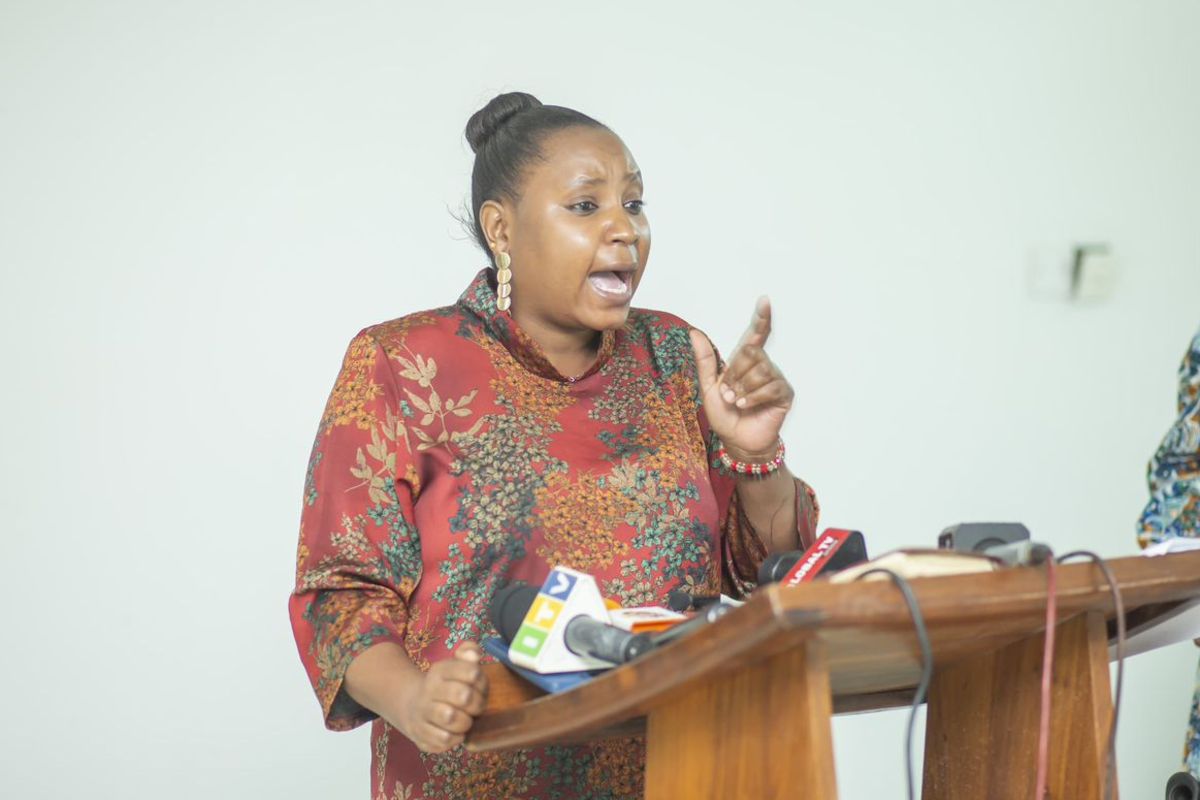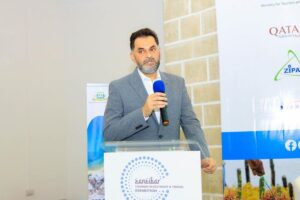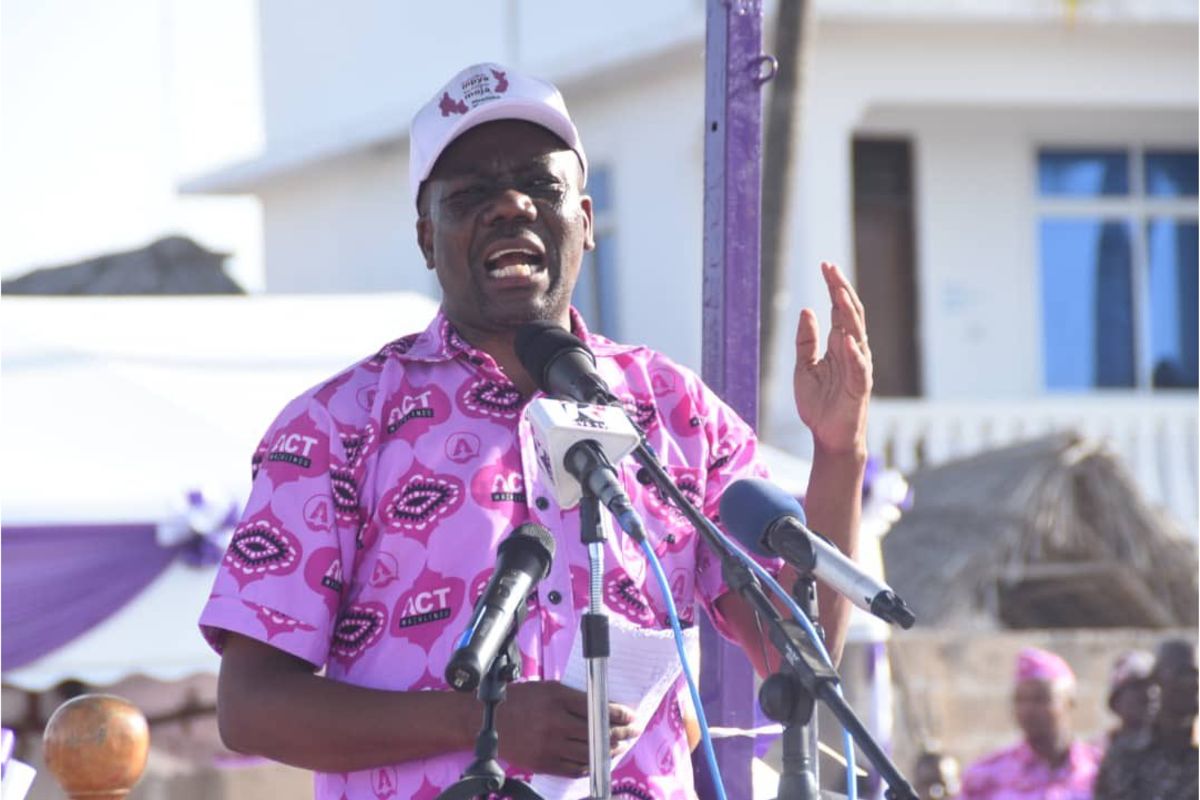Dar es Salaam. Baadhi ya watu wenye ulemavu kutoka vyama vya siasa, wameeleza kuridhishwa na huduma nzuri na miundombinu rafiki katika huduma za afya.
Watu hao kutoka vyama vya United Democtratic Party (UDP), Democratic Party (DP), Tanzania Labor (TLP) na Union for Multiparty Democracy (UMD, wamesema hayo wakati wakizungumza na waandishi wa habari katika mkutano wa wanawake wa vyama hivyo leo Jumanne Septemba 17, 2024 jijini Dar es Salaam.
Mwakilishi wa kundi hilo, Amina Mafipa ametaja huduma wanazoridhishwa nazo kuwa ni miundombinu bora ya afya kwa watu wenye ulemavu na wodi za wazazi.
Sambamba na hilo, Amina amelaani na kuwaasa wanawake kujiepusha na vitendo vya viovu vya kikatili yakiwamo mauaji yanayoendelea hapa nchini.
“Tunaalani vikali na Mungu anaona na atalaani vitendo hivi na watu wanaotenda vitendo hivi vya kikatili na kinyama,” amesema Amina.
Akizungumza katika mkutano huo, Katibu Mkuu UDP, Saum Rashid amesema Tanzania imeendelea kuwa kielelezo cha amani na utulivu katika ukanda wa Afrika Mashariki, huku hatua muhimu za kuimarisha maridhiano na mshikamano wa kitaifa zikiendelea.
“Kupitia mazungumzo ya wazi na majadiliano ya kitaifa Rais Samia amehakikisha makundi yote na vyama vya siasa vinashirikishwa kikamilifu, nakuhakikisha uhuru wa kujieleza na haki za raia zinaimarisha mazingira ya demokrasia hapa nchini,” amesema katibu huyo.
Mwenyekiti wa Wanawake TLP, Nuru Kimwaga amekemea mauaji yanayoendelea nchini, akiitaka Serikali kuwabaini wanaohusika na kuwachukulia hatua za kisheria.
Source: mwananchi.co.tz














